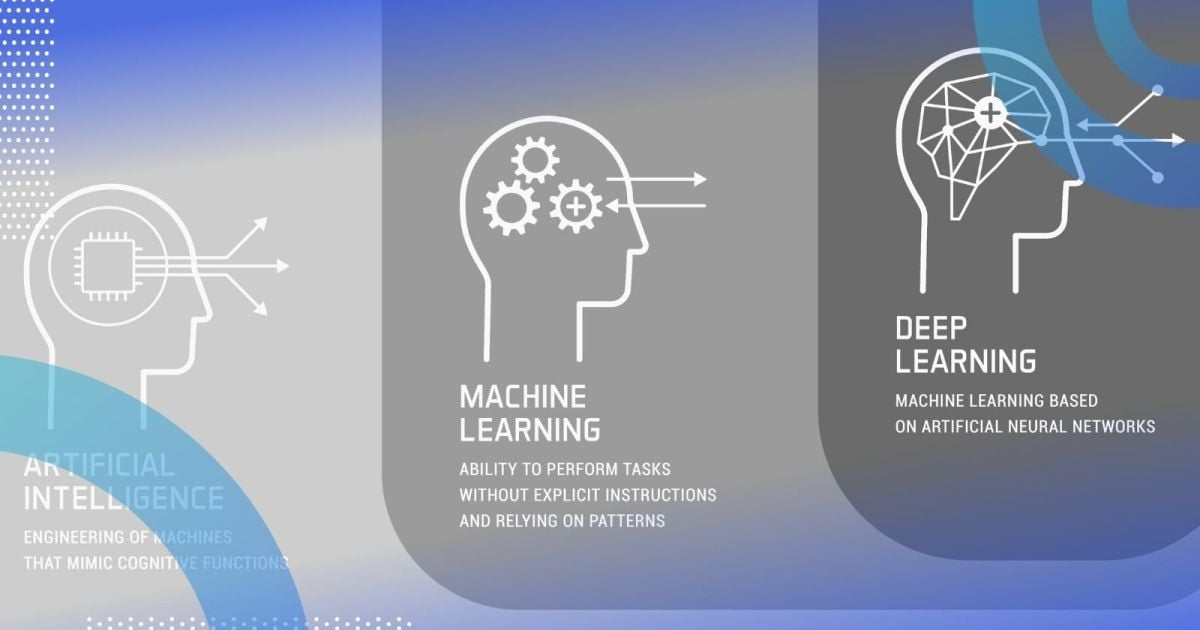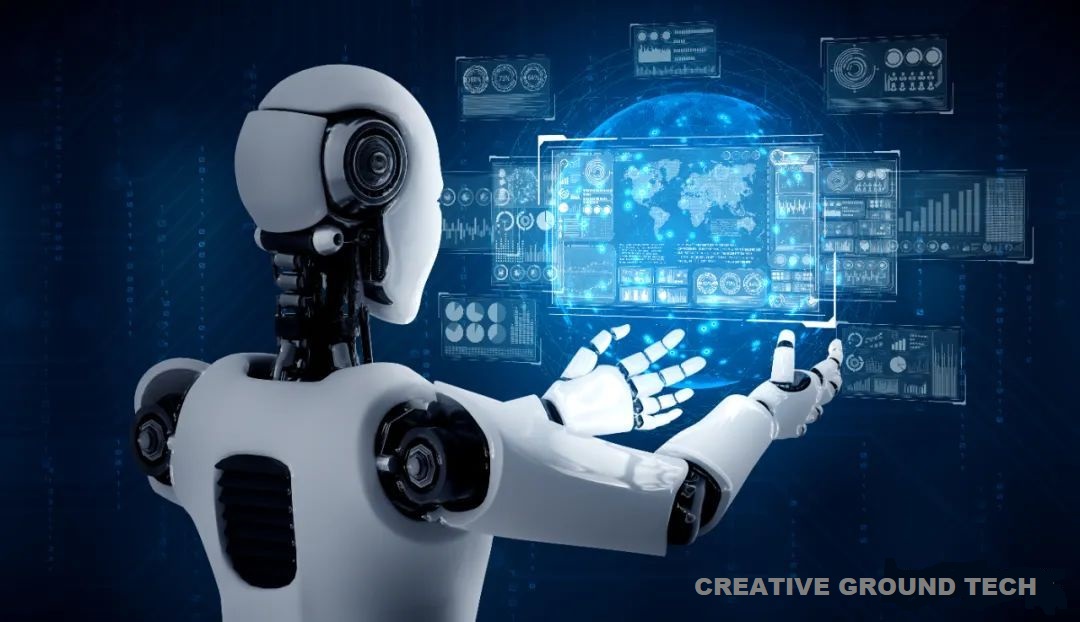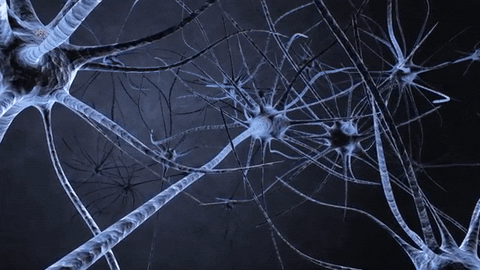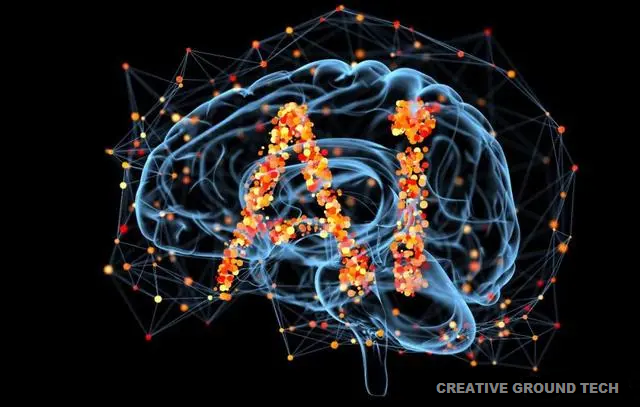Artificial Intelligence, Machine Learning and Deep Learning, still confused?
Artificial intelligence (AI) and machine learning (ML) are topics of interest to business, technology, and researchers worldwide. Most descriptions of artificial intelligence and machine learning oversimplify the real relationship between the two. This article lays the groundwork for your understanding of artificial intelligence, explains how today’s artificial intelligence is based on machine learning.

It can be seen that the machine has indeed begun to have some kind of learning ability. What it gets in training is no longer just rules and object information, but also the possible conditions for the appearance of objects. In other words, it has been able to “feel” and capture possibilities, not just the ready-made. This kind of learning is a non-linear, probabilistic, feedback-adjusted quasi-occurrence process that is deepened and formed layer by layer and time by time. This is an acquisition process with some real time history.
0.1 Artificial Intelligence, Machine Learning and Deep Learning

![]()
The relationship between artificial intelligence, machine learning and deep learning
0.2 Machine Learning – The Approach to Artificial Intelligence.

0.3 Deep Learning – Techniques That Enable Machine Learning


4.0 Key Differences Between Machine Learning and Deep Learning

The main differences between AI and ML are:
| artificial intelligence | machine learning |
|---|---|
| AI stands for Artificial Intelligence where intelligence is defined as knowledge acquisition Intelligence is defined as the ability to acquire and apply knowledge. | ML stands for machine learning and it is defined as the acquisition of knowledge or skills |
| The aim is to increase the chance of success rather than accuracy. | The goal is to improve accuracy, but not concerned with success |
| It works as a computer program that works intelligently | Here, machines take data and learn from it. |
| The goal is to simulate natural intelligence to solve complex problems. | The goal is to learn from data for a specific task in order to maximize performance on that task. |
| AI is decision making. | Machine learning allows systems to learn new things from data. |
| It is developing a system that mimics human problem solving. | It involves creating self-learning algorithms. |
| AI will find the best solution. | Whether optimal or not, machine learning seeks solutions. |
| Artificial intelligence leads to wisdom. | Machine learning leads to knowledge. |







